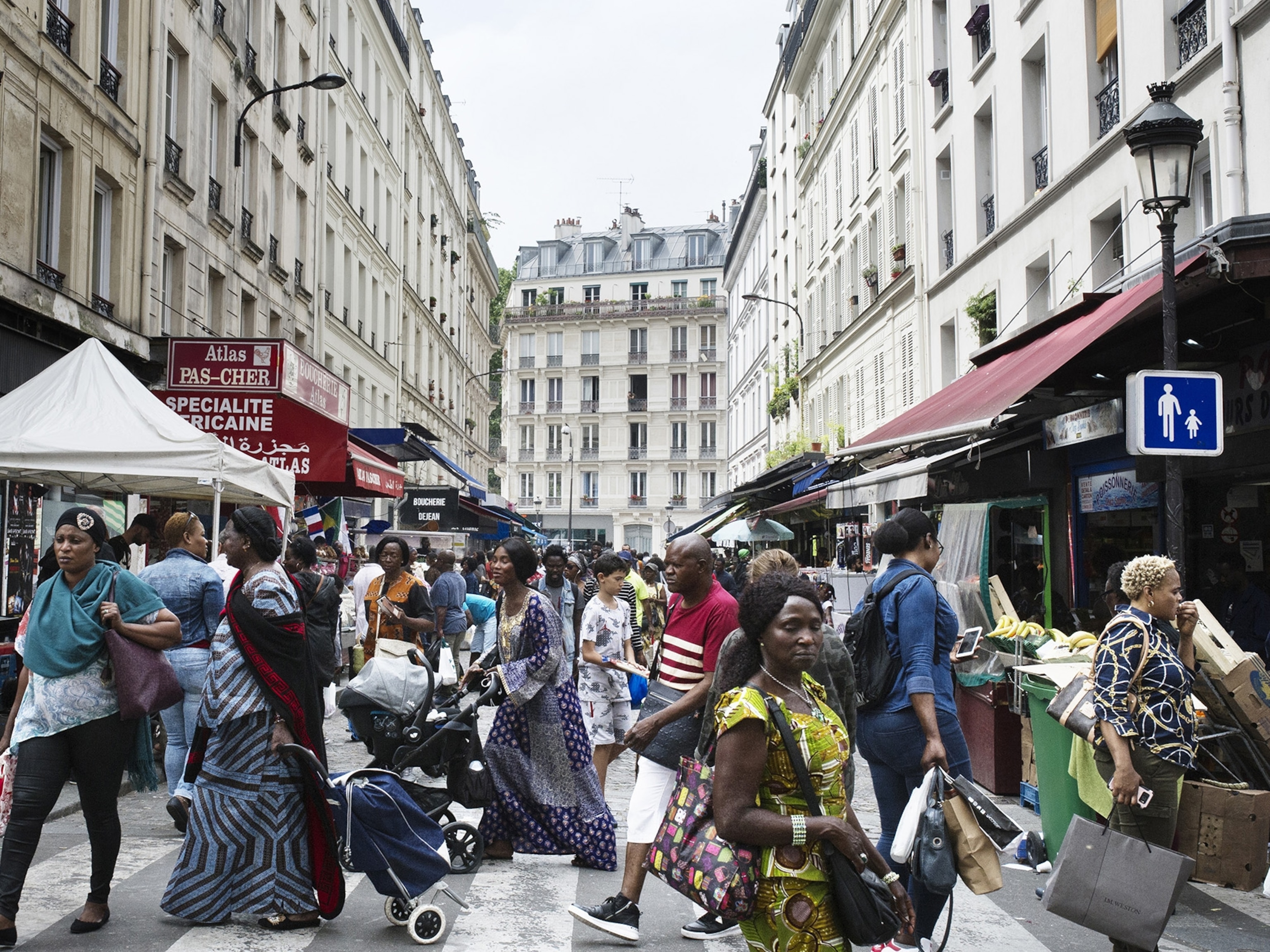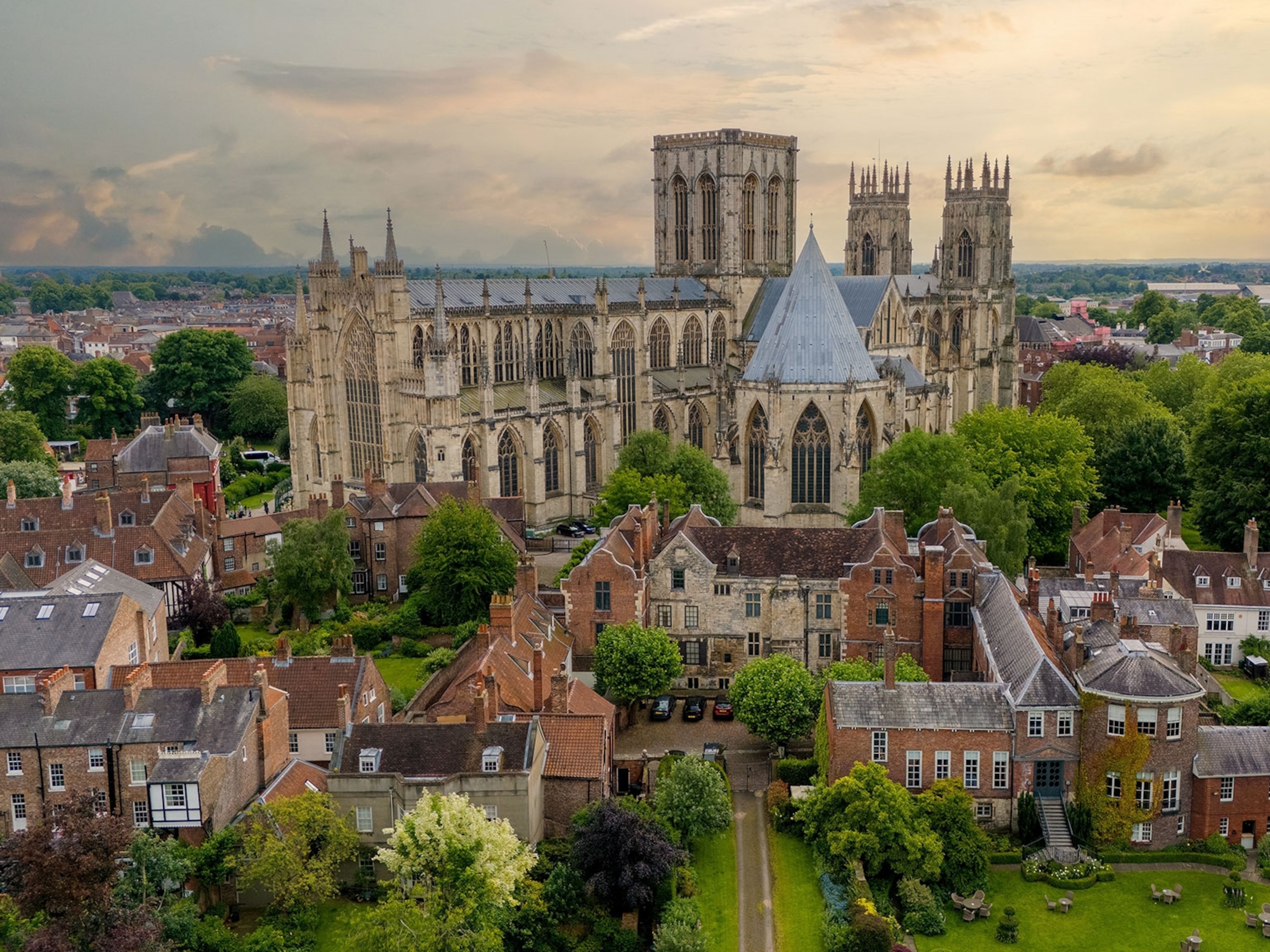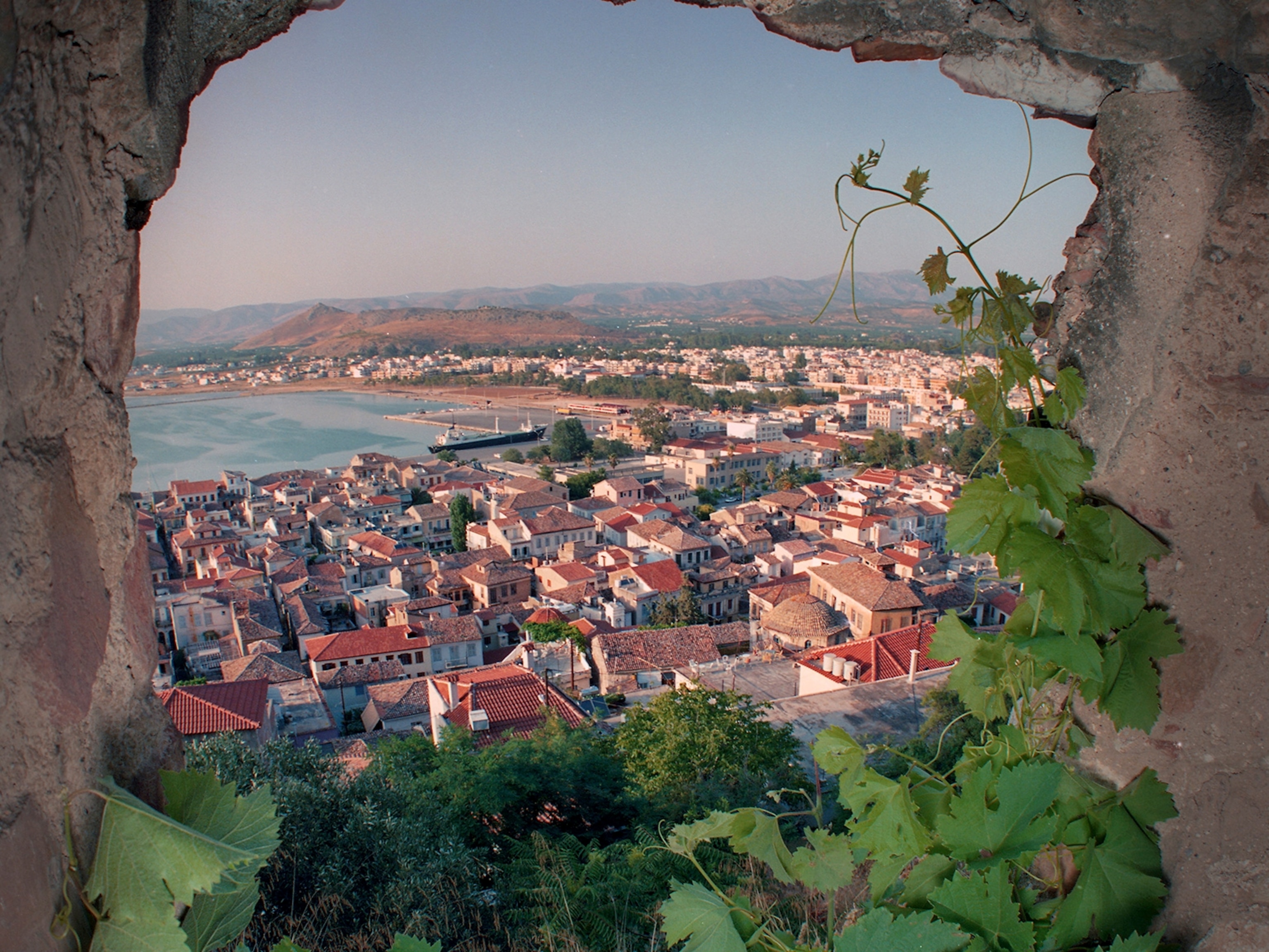
Discover Indianapolis in the footsteps of this trailblazing African-American woman
For a walking tour of Madam C.J. Walker’s lasting legacy, start at the theater she built in defiance of Jim Crow.
At the corner of Indiana Avenue and Martin Luther King Jr. Street, glittering letters on the marquee of the Walker Theatre grab the attention of people walking by. At a lounge across town, patrons sip cocktails that carry this American icon’s name. More than a hundred years after her initial success, a pioneering businesswoman is still making headlines—and money (Sephora carries a line of beauty products in her name). A star-studded Netflix series, based on a biography written by this legend’s great-great granddaughter, debuts this spring.
Who is this black female entrepreneur who changed the face of Indianapolis? Madam C.J. Walker—one of the richest self-made Americans of her time.
Meet Madam C.J. Walker
Daughter of freed slaves, Walker (born Sarah Breedlove) went from earning $1.50 a day as a washerwoman to becoming a successful entrepreneur, philanthropist, and social activist.

At the age of 38, Walker created Madam Walker’s Wonderful Hair Grower to help black women with hair loss. She sold it door-to-door at first and wound up presiding over her own factory in Indianapolis. Her subsequent line of beauty products transformed the industry, opening up a sector of consumer goods for a market that had been neglected, and she provided employment for well over 20,000 black sales agents. Walker died at the age of 52, but her legacy lives on.
Learn about other history-making black scientists and inventors who changed the American landscape.
Take a Walker walking tour
In celebration of the 100th anniversary of the 19th amendment, which gave women the right to vote, and Women’s History Month, there may be no better time to plan your trip to the city where Walker’s successes unfolded. Even those willing to pay only a passing nod to the entrepreneur will find plenty to keep them occupied. With its walkable downtown, a renewed dedication to public green space, and commitment to arts and culture, Indianapolis has far more to offer than its race car reputation.

Start where her empire began: When Walker was told she’d have to pay extra to visit a local cinema because she was black, she refused, marched to her attorney’s office, and vowed to build a theater of her own. Completed eight years after her death, the Madam C.J. Walker Building was a block-long, four-story building complete with a drugstore, beauty salon, beauty school, restaurant, professional offices, ballroom, and 1,500-seat theater. The building (formerly the Walker Theatre Center) was renamed the Madam Walker Legacy Center folling a $15-million restoration to be completed later this year. The nonprofit organization that runs the center remains dedicated to preserving Walker’s legacy and contrinutes to the community in various ways.
Salut her legacy: Check in at The Alexander, a boutique hotel with a collection of commissioned works curated by the Indianapolis Museum of Art. Step into Platt 99, where by day baristas craft concoctions such as “Psst-achio”—a flavored espresso with pistachio whipped cream—and at night mixologists create artistic cocktails. Raise a glass to Walker with an “On My Own Ground” cocktail (which includes hot cider and tango limoncello). Admire artist Sonya Clark’s installation, which uses nearly 4,000 combs to create a likeness of the icon.
Step into Walker’s shoes: Wonder what life was like in 1915? Ask some of the people who lived it. The You Are There 1915: Madam C.J. Walker, Empowering Women exhibit at the Eugene and Marilyn Glick Indiana History Center puts visitors into the heart of the decision-making happening in Indianapolis at the time. Actors who play Walker and her colleagues interact with guests, and you can peek at some of the featured artifacts from her life and career. Other collections are also on view. The Be Heard exhibit focuses on the contribution of Hoosier women and the immersive tech of the Destination Indiana exhibit lets guests sit in the driver’s seat of one of the eight “time-travel stations” where you can explore destinations across Indiana.
What to know what it was like to travel as a women in the 1920s? Read about the challenges here.
Explore the city’s downtown: When the Indiana Central Canal broke ground in the early 1800s the waterway was meant to facilitate interstate commerce, but efforts to build it bankrupted the state. Today, flanked by museums, cultural centers, and sports facilities, the canal’s reincarnated, three-mile loop (which follows the original construction from 11th Street to West Washington Street) is a scenic path for biking and strolling. While taking a walk, look toward the distant Bethel African Methodist Episcopal Church, home to the oldest African-American congregation in Indianapolis—it’s where Madam Walker worshipped. Built in the late 1860s, the church was a stop on the Underground Railroad and a founding location of the Indianapolis Chapter of the NAACP and the Federation of Colored Women’s Clubs. It will soon be incorporated into the structure of a new Hilton hotel.

See where Walker lived: West of the White River, Ransom Place remains the most intact 19th-century, African-American neighborhood in Indianapolis. After the Emancipation Proclamation, it became popular with free blacks and former slaves. Walker moved into the community in 1905 amidst a wave of black professionals who transformed the area. Now listed in the National Register of Historic Places, the neighborhood is named after Walker’s attorney, Freeman B. Ransom, whose family occupied two of the Queen Anne–style homes. On your visit, be sure to pop over to the nearby university campus to see Talking Wall—an installation by artist Bernard Williams that pays homage to Walker and other African Americans who positively impacted the city.
- National Geographic Expeditions







